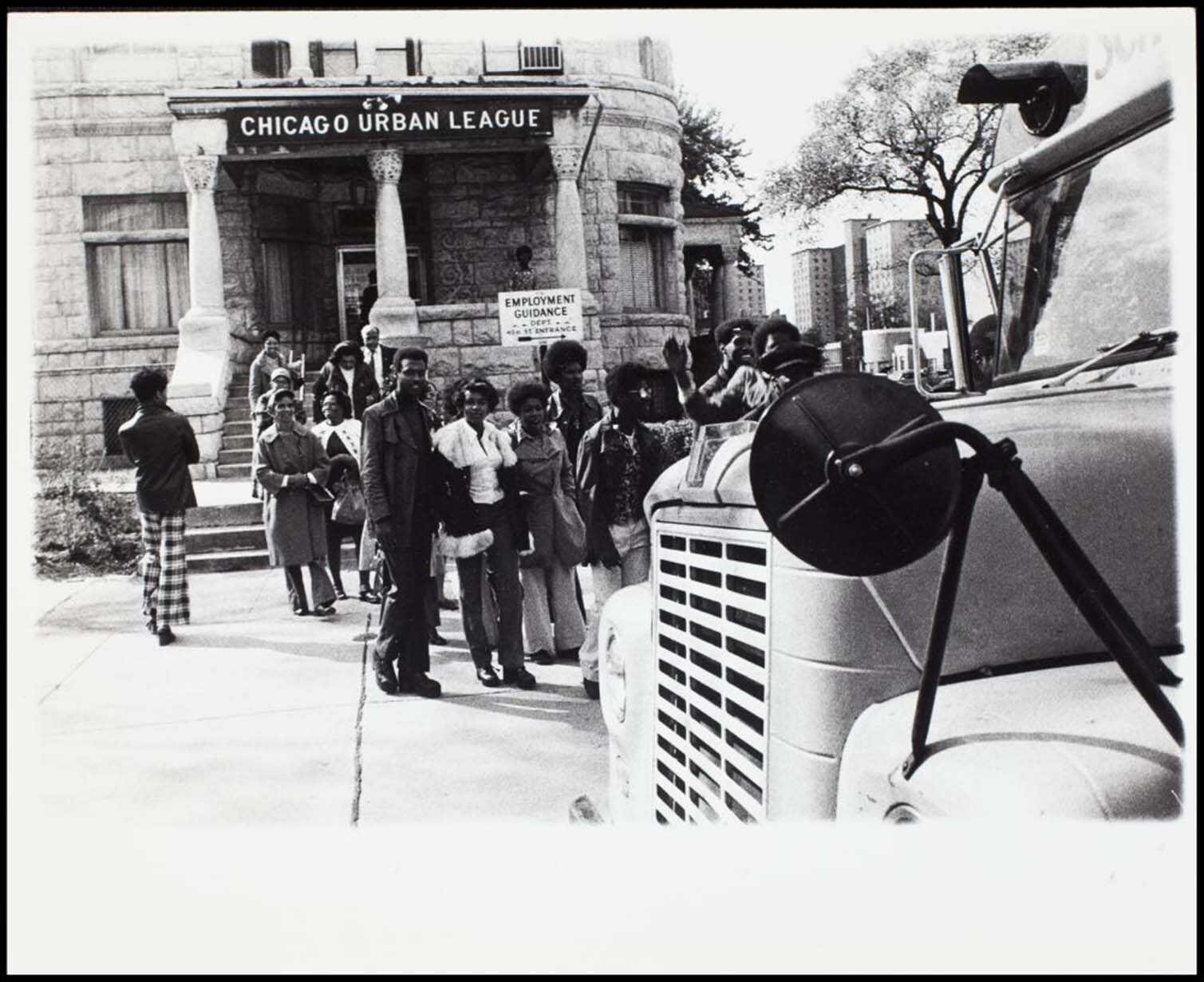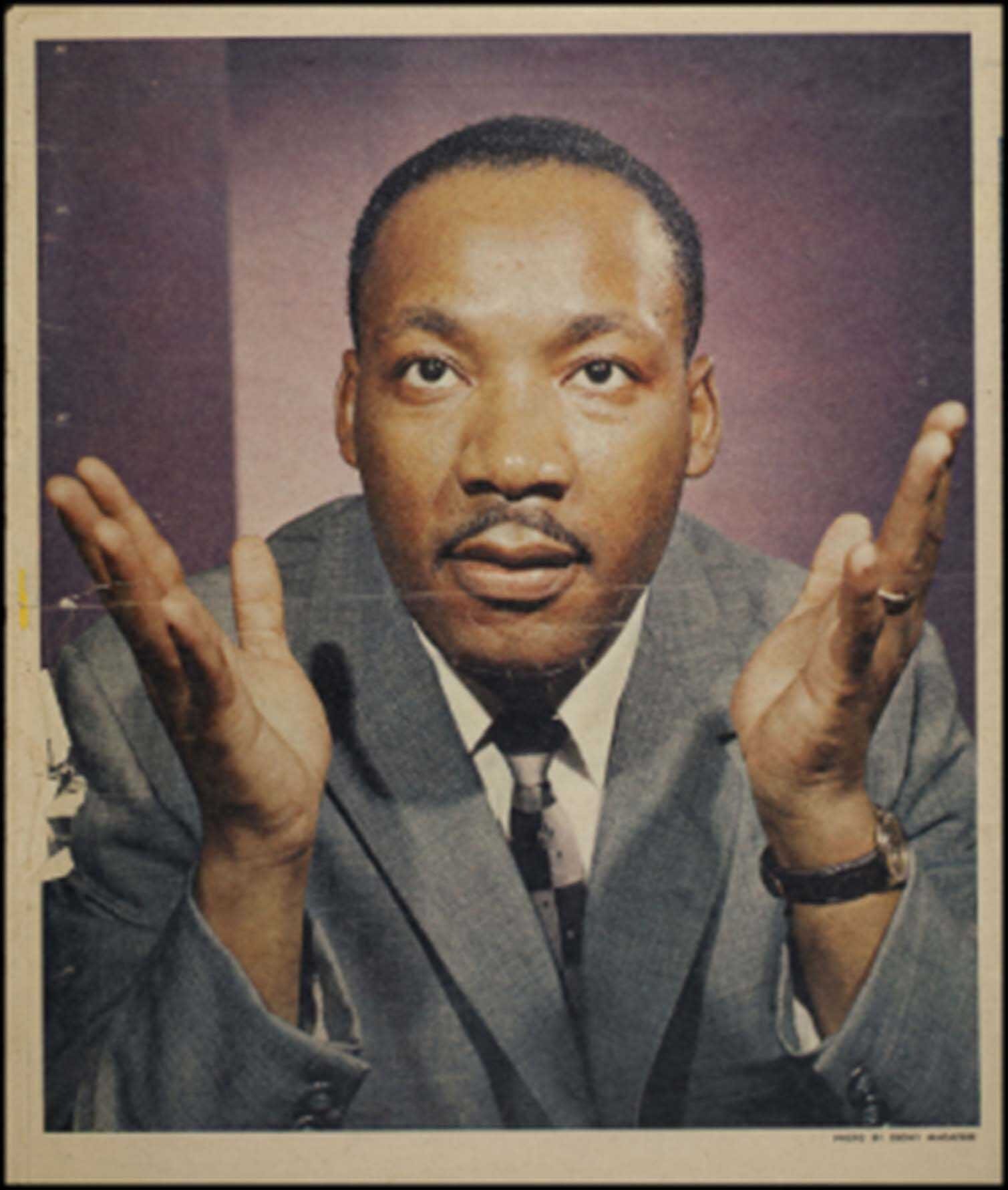"The mecca was Chicago": A special guest blog by Professor Davarian L. Baldwin
When most African American migrants connected freedom with the North, “the mecca was Chicago.” In 1910, Chicago’s 40,000 black residents were scattered throughout a city of two million. But by the 1960s, African Americans made up one third of the city’s three million and were largely segregated within ghettos on the South and West sides of town.
Despite racial restriction, Chicago’s African American community also became known as the capitol of black America. It is in the crucible of segregation and struggle that African Americans in Chicago forged a community that encapsulated many of the achievements and adversities that shaped urban life throughout the twentieth century.
Black Chicagoans powered the Great Migration’s mass exodus from the Jim Crow south. Once in the city, African Americans struggled against Chicago’s pioneering efforts in real estate and housing discrimination while converting the South Side’s “Black Belt” community into a Black Metropolis or what they later called “Bronzeville.”
Within the Black Metropolis, old settlers and new migrants struggled over competing visions of community and freedom. But black Chicagoans joined forces to support black institutions; from Jesse Binga’s bank, Provident Hospital to Supreme Life Liberty Insurance Company, to a network of women’s clubs, an NAACP, Urban League, and a host of old-line and storefront churches. This institutional structure also gave life to the illicit lottery economy of “the numbers” that underwrote a host of bars, nightclubs, and ballrooms, cultivating black innovations in jazz, blues, beauty culture, film making, and sport.
When the Depression hit, African Americans adopted a “proletarian style” of social agitation, where struggles against forced evictions and limited New Deal benefits, were directly tied to campaigns for justice in Scottsboro, Alabama; Ethiopia; and Germany. This new Bronzeville also gave shape to an outpouring of Black arts and letters, later called the Chicago Black Renaissance. By the 1940s, an even greater migration ensued that eventually brought hundreds of thousands more African Americans into tightly packed emerging ghettos which were held together by the city’s landmark urban renewal policies of demolition, highway construction, and segregated public housing, alongside unrelenting white violence.

Chicago Urban League. Image © University of Illinois at Chicago. Further reproduction prohibited without permission.
The overwhelming force of Chicago’s segregation, combined with the power of African American political mobilisation, drew Martin Luther King to help build a Chicago Freedom Movement in 1965. The impetus to end slum housing and open occupancy throughout the city brought mixed results, but local residents pushed ahead to fight real estate agent’s unethical contract selling practices and segregated public housing.

Martin Luther King, Jr. Image © University of Illinois at Chicago. Further reproduction prohibited without permission.
By 1968, African Americans organised a “Black Power” politics that called for community self-control, anti-racist policing, and the integration of all-white trade unions. Chicago also created its own unique Black Panther Party built around a multi-racial “Rainbow Coalition” of working class residents led by black youth.
A local branch of the Black Arts Movement followed, with a series of publishing houses, magazines, journals, theaters, and arts institutions to nurture black creativity free of white control. The Rainbow Coalition idea took on new life when Harold Washington became the city’s first black mayor in 1983. It held together a multi-racial, grassroots campaign built on political independence, transparency, and access. Black Chicagoans continue to face new challenges. But Chicago’s African Americans can stand firm on this long history of building effective, independent institutions that drive coalitions to enact change; a living legacy that will forever endure.
This blog has been written by guest blogger Davarian L. Baldwin, Paul E. Raether Distinguished Professor of American Studies at Trinity College, Hartford, Connecticut. Davarian is on the Editorial Board for the resource African American Communities available now.
For more information about African American Communities, including trial access and price enquiries, please contact us at info@amdigital.co.uk.
Recent posts

The blog highlights American Committee on Africa, module II's rich documentation of anti-apartheid activism, focusing on the National Peace Accord, global solidarity, and student-led divestment campaigns. It explores the pivotal role of universities, protests, and public education in pressuring institutions to divest from apartheid, shaping global attitudes toward social justice and reform.

This blog examines how primary sources can be used to trace the impact of young voices on society, particularly during pivotal voting reforms in the UK and the US. Explore materials that reveal insights into youth activism, intergenerational gaps, and societal perceptions, highlighting their interdisciplinary value for studying youth culture, activism, and girlhood across history.
